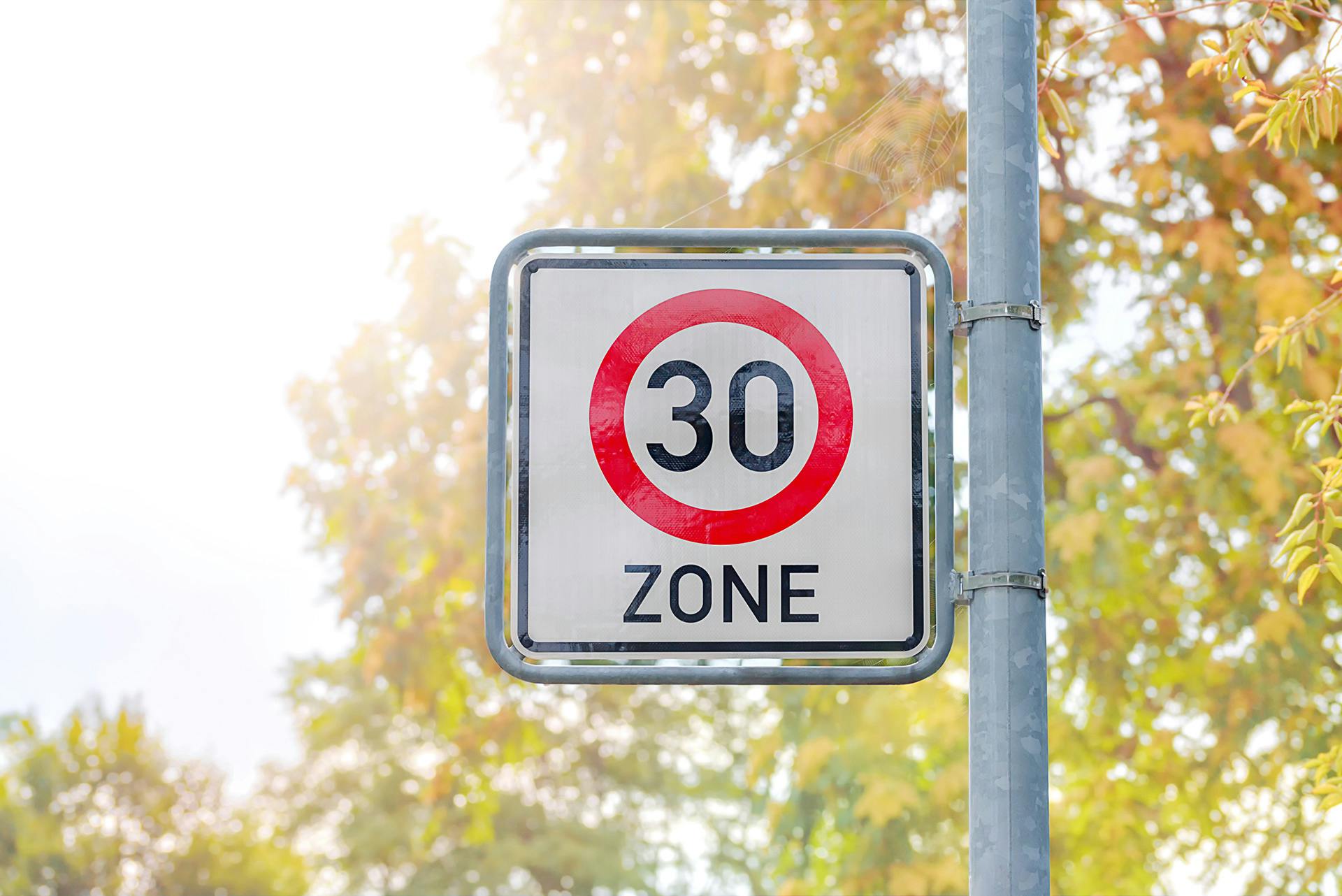Surveillance not only enforces speed limits but also raises driver awareness towards the importance of adhering to traffic regulations. Both road users and the jurisdiction at large benefit from the resulting increase in road safety.
Case Studies
Brussels implemented a 30 km/h speed limit in January 2021, combined with traffic controls. In the year of its introduction, fatal accidents were halved and accidents involving severe injuries decreased by a fifth.
Helsinki opted for initial 30 km/h zones in the city center and some residential areas as early as 2004, accompanied by comprehensive speed monitoring. In 2019 the regulations were extended to almost the entire city area, marking the first year with zero pedestrian or cyclist fatalities, in line with the Vision Zero initiative.
In Edinburgh, Scotland, the number of road traffic accidents dropped by 40% following the introduction of a 32 km/h speed limit and road traffic mortality decreased by 33%. Accompanying measures included automated speed monitoring.
A final example from the USA: In 2021, when New York City reduced the speed limit to 32 km/h in five areas (the Bronx, Brooklyn, Manhattan, Queens, and Staten Island), the number of road traffic injuries dropped by 14% and those with injured vehicle occupants by 31%. Since 2022, speed limits have been monitored around the clock. Research shows that this preventive measure reduced speed violations by 72%.
30 km/h speed limits in urban areas are a sensible measure for making traffic more efficient and safe. However, it is crucial to enforce these limits.
With VITRONIC speed measurement systems, 30 km/h zones can be efficiently monitored, safeguarding lives, and ensuring greater safety for all road users.



